Two Types Of Primates
There may be said to be two classes of people in the world: those who constantly divide the people of the world into two classes and those who do not. Both classes are extremely unpleasant to meet socially, leaving practically no one in the world whom one cares very much to know.
Robert Benchley, Vanity Fair, February 1920
Quick Introduction For Busy Sceptics
Watch these factual videos on animal behaviour, refined over millennia of evolution:
- Three minutes-long video about the lizards that come in three types;
- Five-minute excerpt from Prof. Robert Sapolsky’s Stanford lecture that discusses two types of apes.
These videos should be enough to decide on the viability of the conjecture discussed in the rest of this blog.
Two types of the best first impression
Sometimes, when trying to make the best first impression, we forget to consider the individuality of the person we are trying to impress. This omission is a mistake: we all look for what we don’t have and cannot be impressed by something we have in abundance.
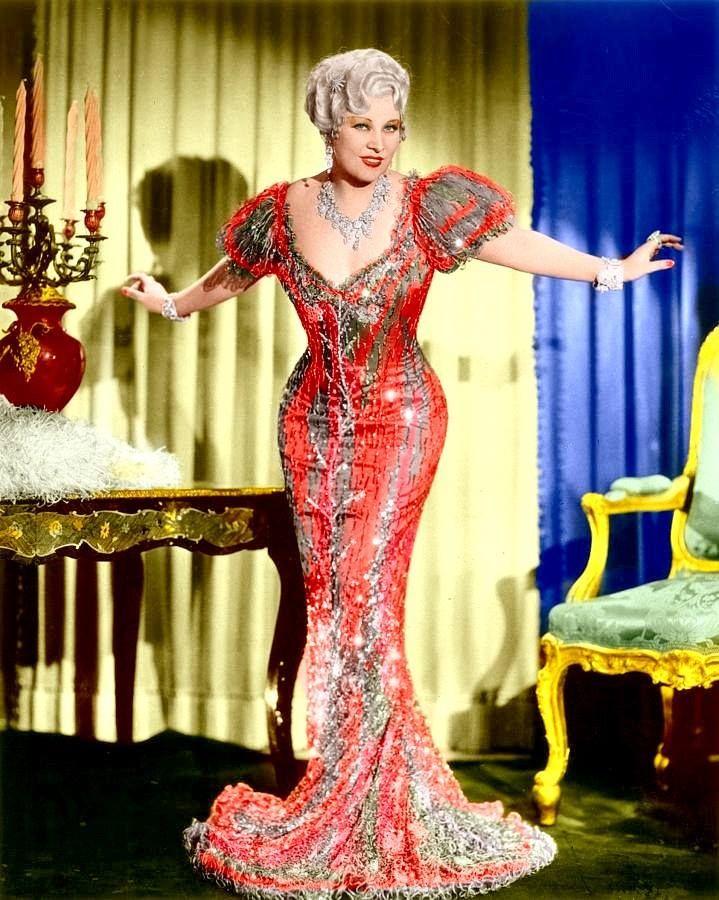
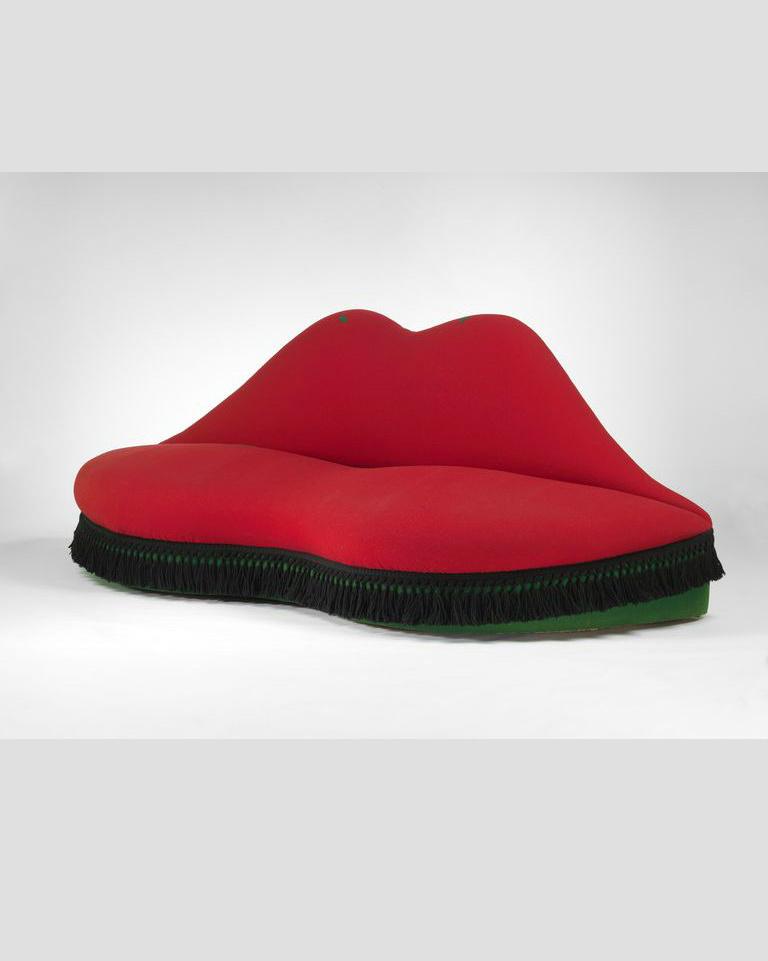
Let’s start our study with an expert’s opinion. Mae West, one of the first stars of Hollywood, has described her two types in an interview as follows:
There’s a lot of difference in the way you’ve got to treat men. It’s a game, and you’ve got to know the rules…
If a man is conceited, if he thinks every woman is ready to fall for him, I’m mean to him… I never even glance in his direction…
But if a man is very shy and self-conscious and timid, you’ve got to act different. When a man like that is around me, I always make a fuss over him. If he’s got some defect, for instance, or something he’s self-conscious about, I always make it a point to flatter him about that very thing.
Most animal species can be categorised as one of these two types: some crave to conquer or be conquered, whereas others prefer to be treated nicely. As we will see, the difference is that the type of an animal species is mostly pre-determined, whereas a human’s type depends on several factors.
Table Of Contents
Two types of primates
↑ Back To Table Of Contents ↑| Characteristics | Tournament Species |
Pair-bonding Species |
| ♂/♀ Skull Ratio | 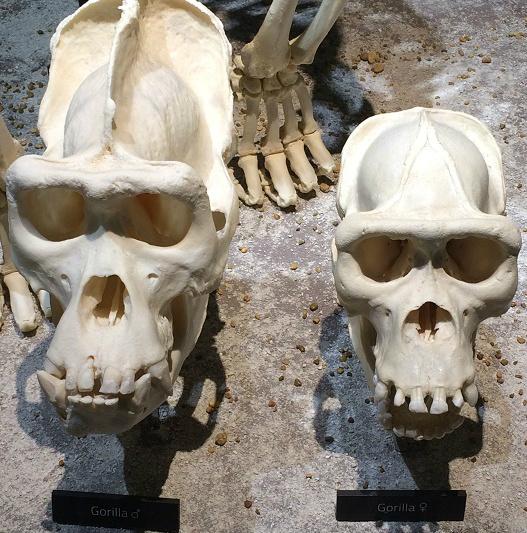 |
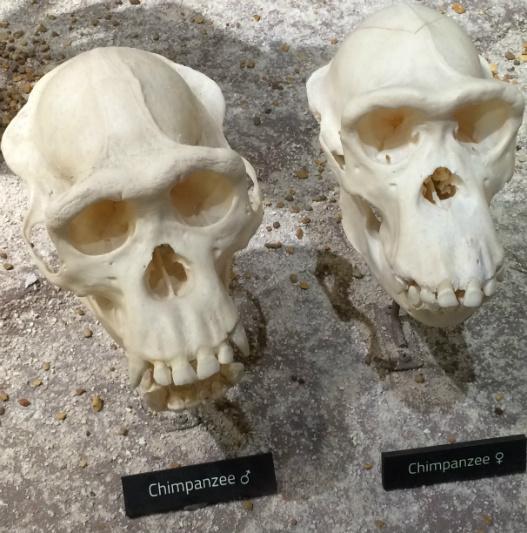 |
| Male Aggression | ↑↑↑ | ↾ |
| Male Reproduction Rate Variability |
↑↑↑ | ↾ |
| Male Parental Behaviour |
↑ | ↑↑↑ |
| Preferences of Females |
Big and powerful | Parental skills |
| Shorter Lifespan for Males |
↑↑ | = |
| Twinning | 1% | ✓ |
| Abandonment of Children By Females |
– | ✓ |
| Typical Behaviour |  |
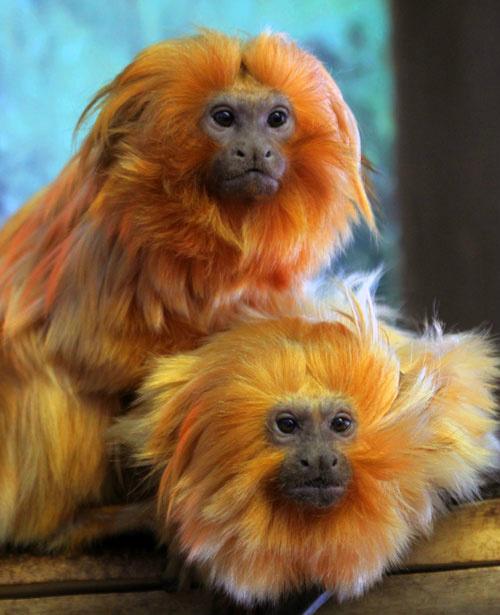 |
The difference (or similarity) between male and female skull sizes can give a lot of insight into the gender relationships of a primate species. Typically,
- primates such that male skulls tend to be much bigger than female skulls are the tournament species,
- primates with similar skull sizes are the pair-bonding species.
Comparing the skull sizes allows us to make several related predictions—they are presented in the table just above.
These observations come from one of Professor Robert Sapolsky‘s Stanford lectures on evolutionary biology
Three types of lizards
↑ Back To Table Of Contents ↑The common side-blotched lizard, native to dry regions of the Western United States and northern Mexico, is notable for its unique polymorphism: each of the three male morphs uses a different strategy in acquiring mates.

- Orange-throated males are “ultra-dominant” (tournament type). They are the largest and most aggressive morph, defending relatively large territories and keeping harems of females with which they mate. They are adept at stealing mates from blue-throated individuals but are vulnerable to cuckoldry by the yellow-throated female mimics. Orange-throated males also have significantly reduced yearly survival rates compared to the other two morphs.
- Blue-throated males are “dominant” (pair-bonding type). They are intermediate in size and guard smaller territories containing only a single female. As they only have one mate to defend, they are better at catching yellow-throated sneakers but are also susceptible to having their mates stolen by the larger, more aggressive orange-throated males. They cooperate with other blue-throated lizards to defend against intruders; some even give their lives for their mates.
- Yellow-throated males are “sneakers”: they rely on their mimicry of females’ appearance and behaviour to sneak matings with unattended females. If there are few blue-throated males in the neighbourhood, a yellow-throated male can transform into a blue-throated male.
All three species exist in a dynamic equilibrium similar to the equilibrium of the game of rock–paper–scissors:
Note that the narration is partly misleading. It is possible to explain the “altruism” of blue-throated lizards within the Darwinian evolutionary framework (see Kin selection). Sometimes, you can see a clear analogy in humans.
 British Conservative Party leadership debate, June 2019" caption="Rory Stewart (right): "The fundamental issue here is machismo competition. ."
British Conservative Party leadership debate, June 2019" caption="Rory Stewart (right): "The fundamental issue here is machismo competition. ." British Conservative Party leadership debate, June 2019" sourcename="The Sun" sourcehrf="https://www.thesun.co.uk/wp-content/uploads/2019/06/AD-COMPOSITE-C4-Debate-Bias.jpg" >
British Conservative Party leadership debate, June 2019
What about humans?
↑ Back To Table Of Contents ↑What Do Hard-To-Get’s Want?
↑ Back To Table Of Contents ↑According to Professor Sapolsky, humans are in between. However, many of us lean towards one or another type. I came across two sources that allow juxtaposing (in the rough first approximation) the two types when applied to hard-to-get individuals.
Tournament type (with pictures)
↑ Back To Table Of Contents ↑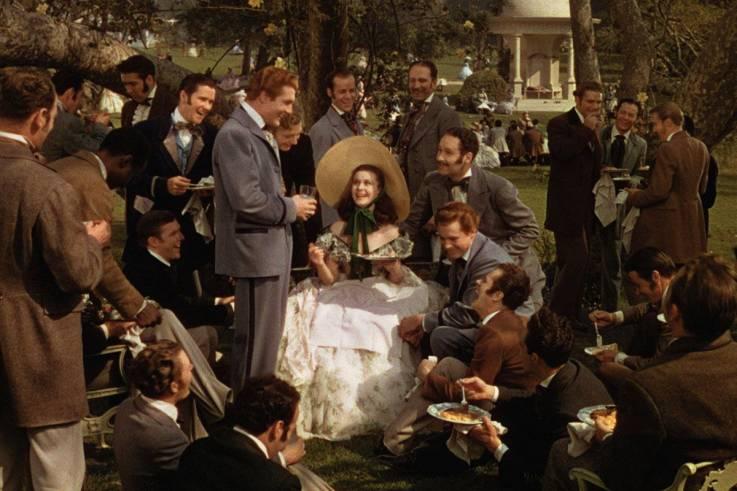
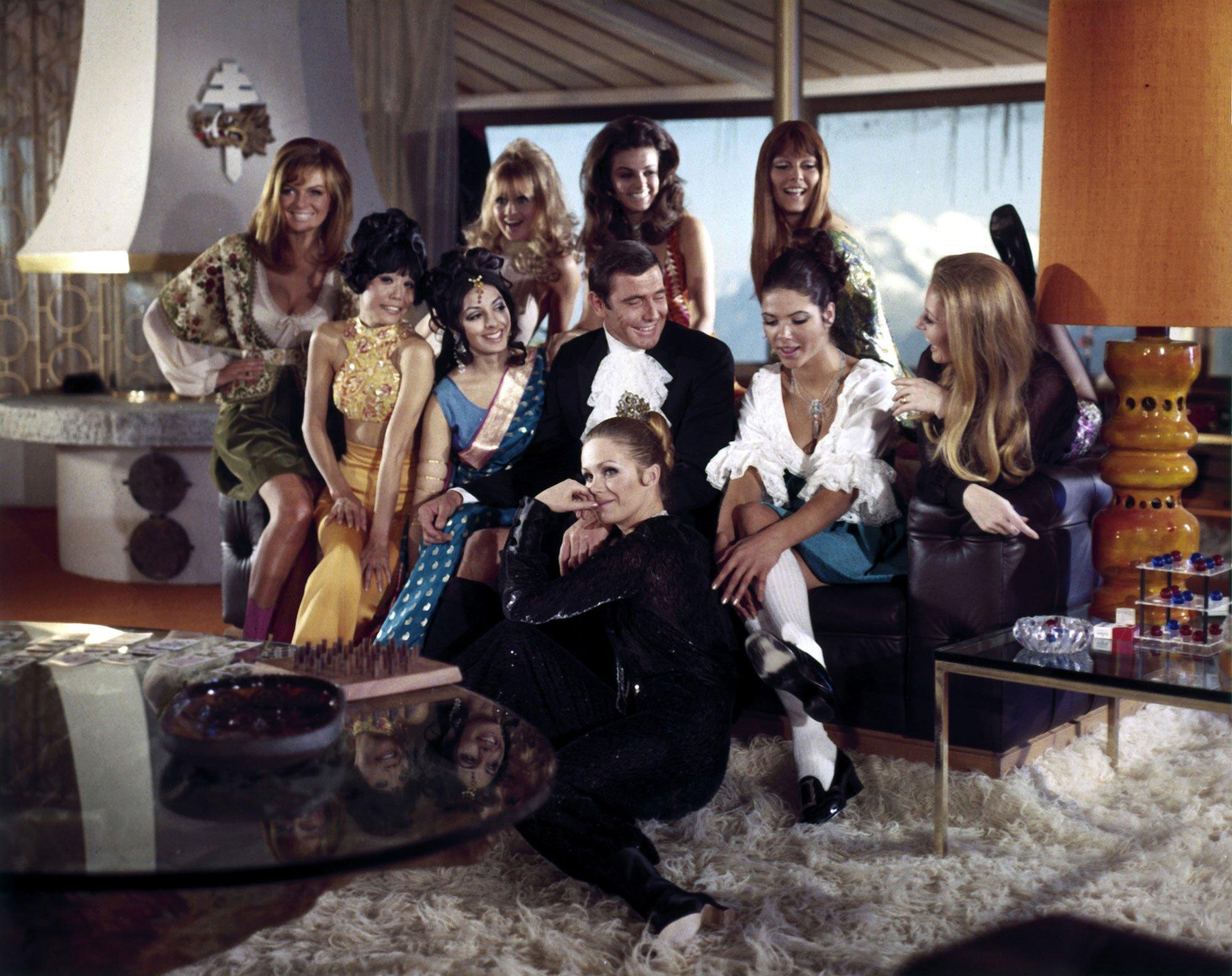
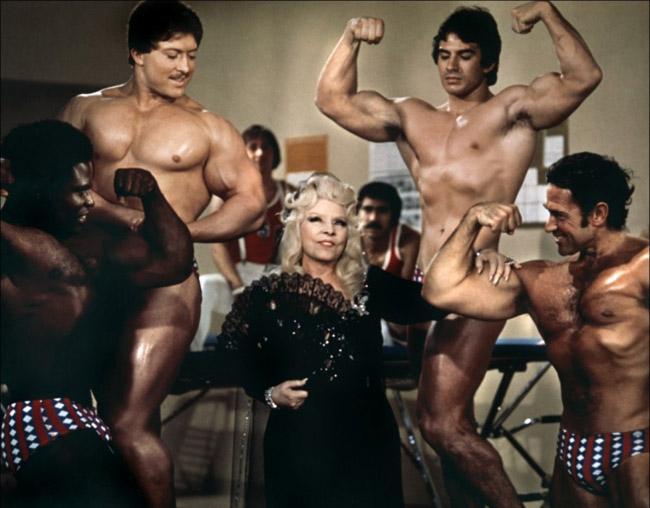
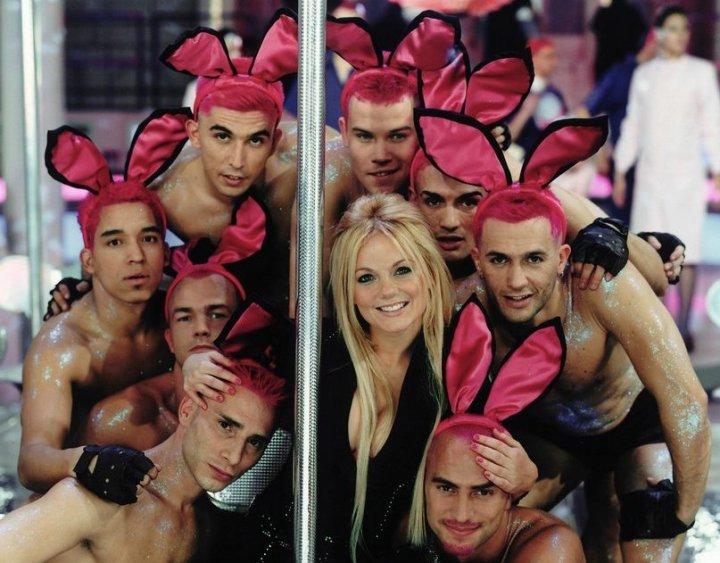
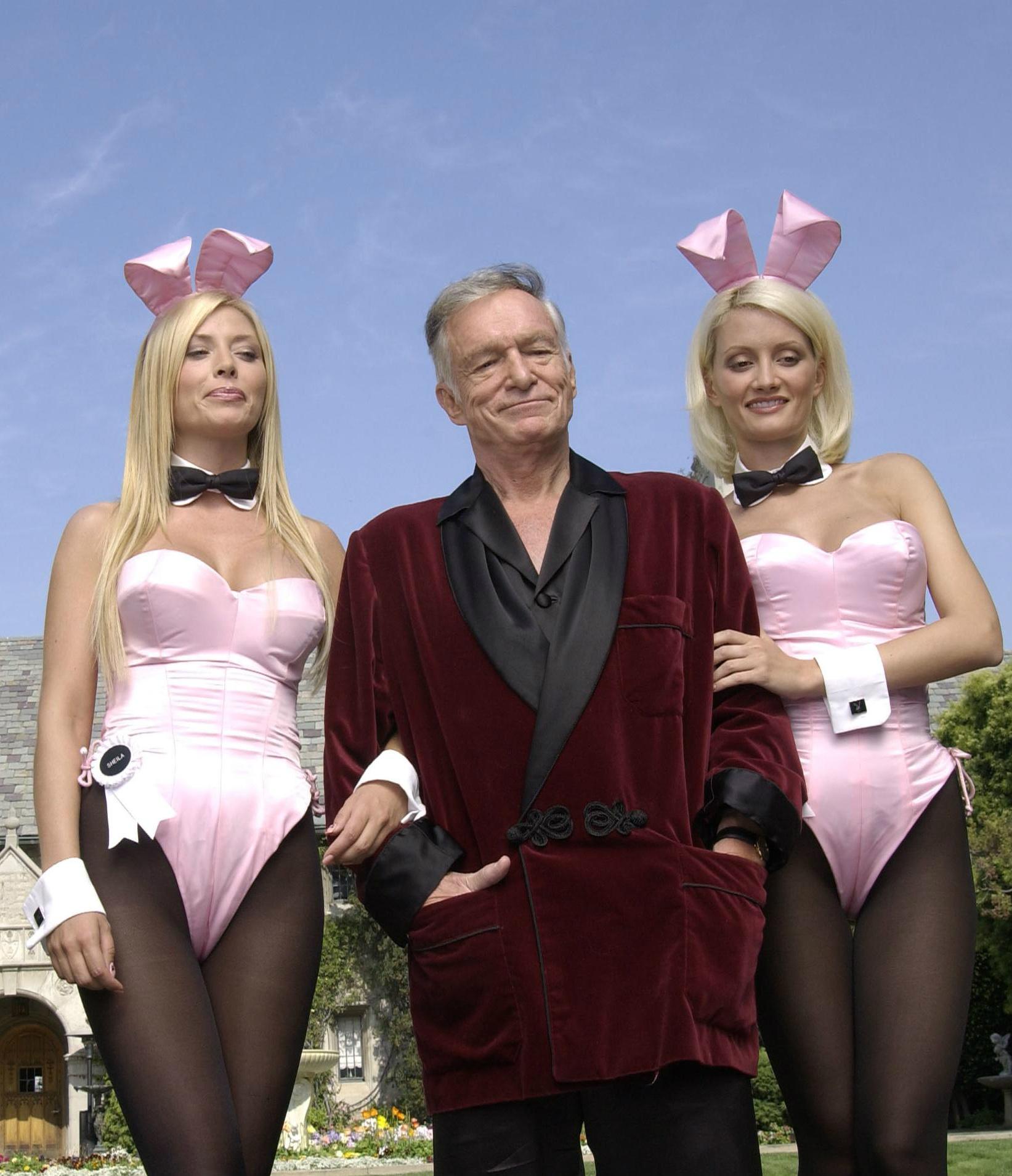

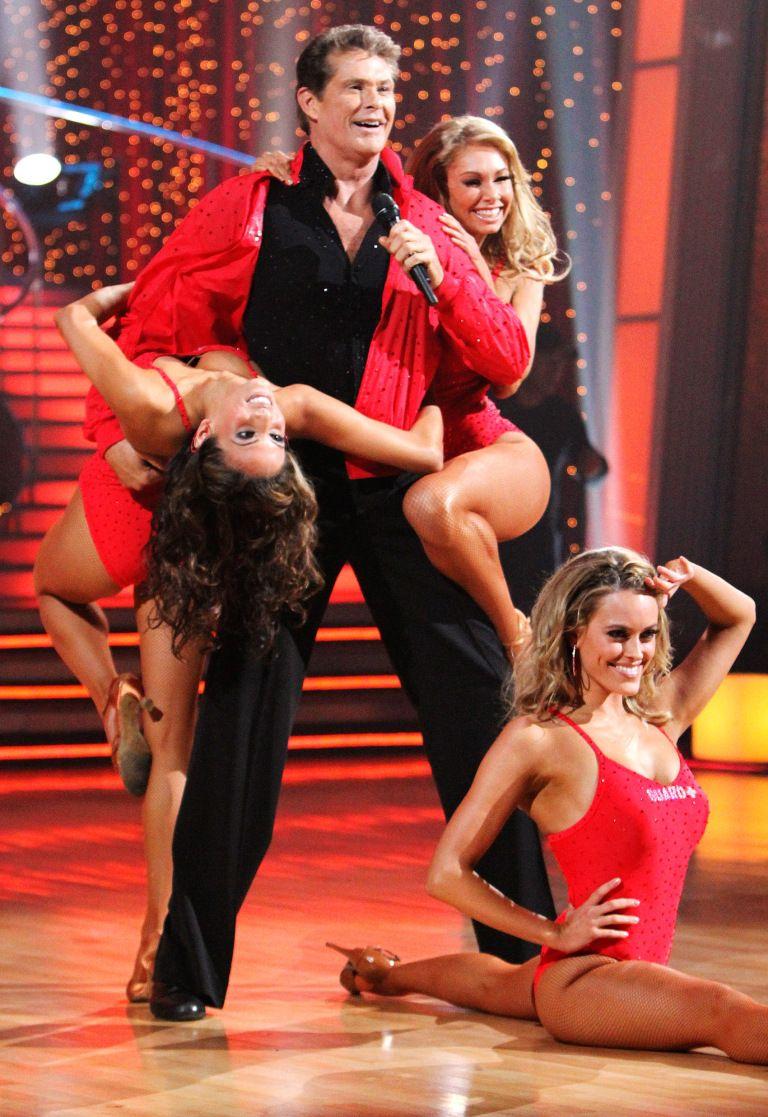
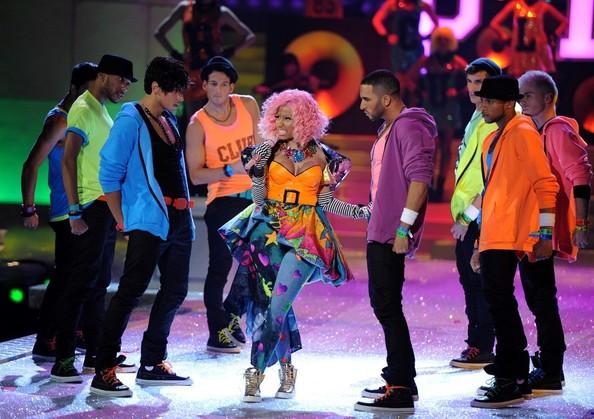
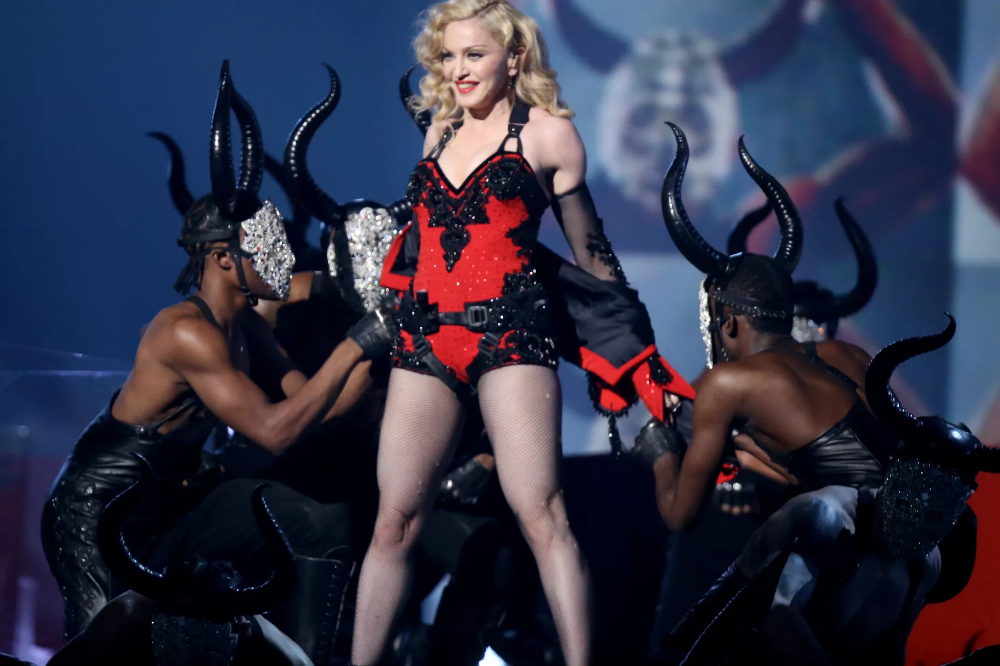

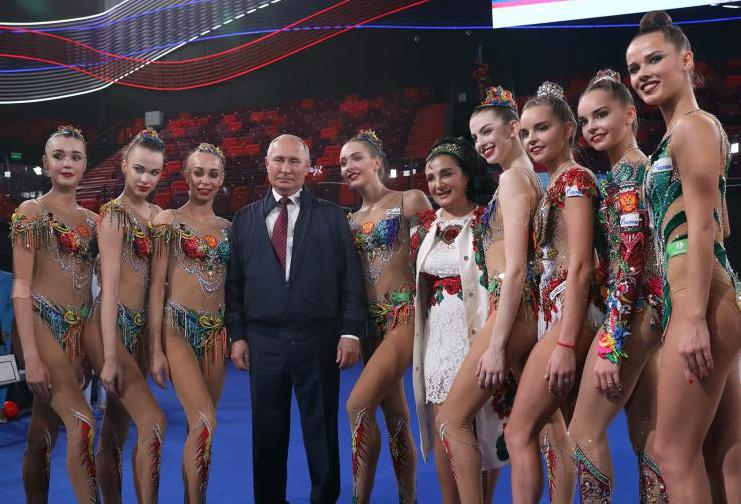
Based on Faye Flam‘s The Score, a fail-proof method of picking up an attractive woman in a nightclub requires, among other actions,
- ignoring her,
- flirting with her friends,
- being mildly rude if she addresses you.
Viewing such behaviour as attractive might seem odd. However, the explanation is straightforward. Its logic is: “If X does not care about someone as high-ranking as me, X ought to be popular, strong and powerful indeed!”
Another possibility is that a behavioural difference makes the “ignoring” men stand out. Scarlett O'Hara‘s pursuit of Ashley Wilkes, the only man in her social circle immune to her charms, illustrates this possibility.
Mae West was using a similar approach to attract very confident men: “… If a man is conceited, if he’s like these movie actors who’ve had such a big fuss made over over them and think every woman is ready to fall for them,
- I’m mean to them.
- I pretend not to know they’re in the same room with me.
- I never even glance in their direction.
- I know ’em one day, and the next day, I don’t recognise ’em.
… He was a very important man, and everyone was after him. I went to his office one day with another girl who wanted him to put an act on for her. While she was talking her head off to him, I sat down in a chair, turned it around so my back was to him and – went to sleep. I hadn’t said a word to him – just ‘howjado’ when I first came in. When the other girl was ready to go, she had to wake me up, and I just strolled out slow, like this, and drawled. ‘Er, goo-by.’ I’d just got back to my hotel when he telephoned me and asked me out to dinner. The end of that story is that he put an act on for me, and he didn’t put the act on for the other girl.”
Such behaviour is likely to appeal to the “big and powerful” tournament type discussed in the Apes section, to orange-throated lizards, the James Bond universe, and Brad Pitt’s character in Seven Years in Tibet (1997 film) (see below).
To learn more about how to pick up women in nightclubs successfully, read The Game: Undercover In The Secret Society Of Pick-up Artists and The Mystery Method: How to Get Beautiful Women Into Bed (that’s what Faye Flam recommends).
Pair-bonding type (with pictures)
↑ Back To Table Of Contents ↑Conversely, based on the “We all look for what we don’t have” principle, most successful females (those who have their tournaments and win them) should belong to the pair-bonding type.
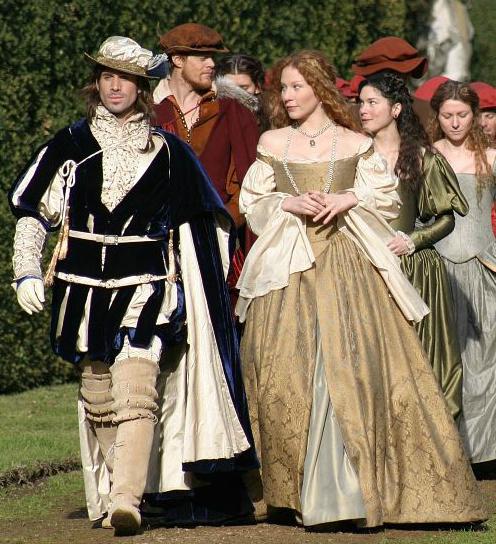
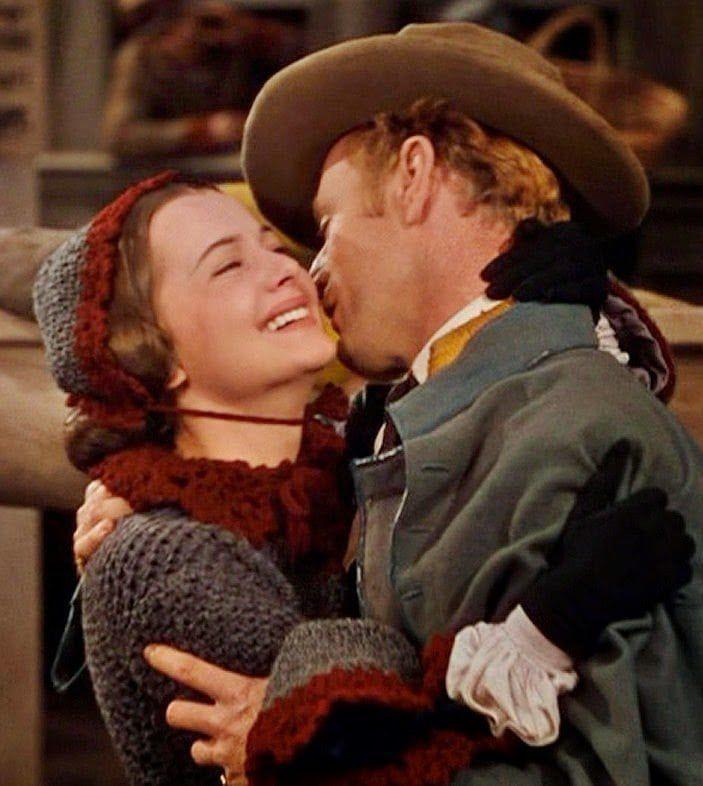


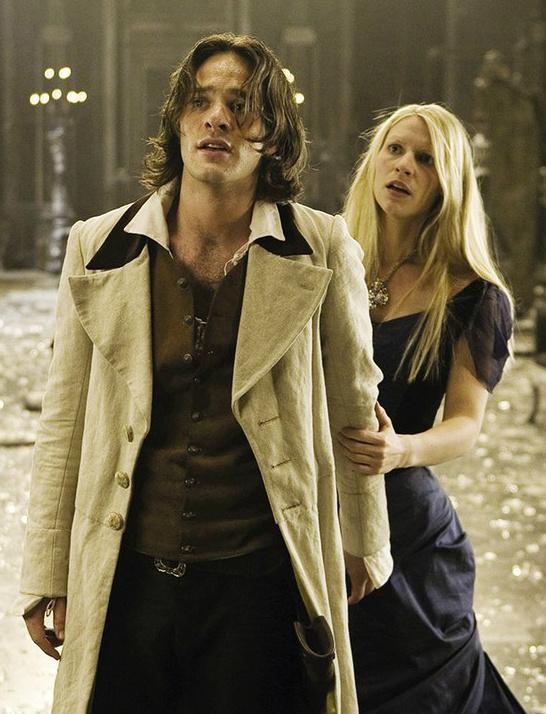
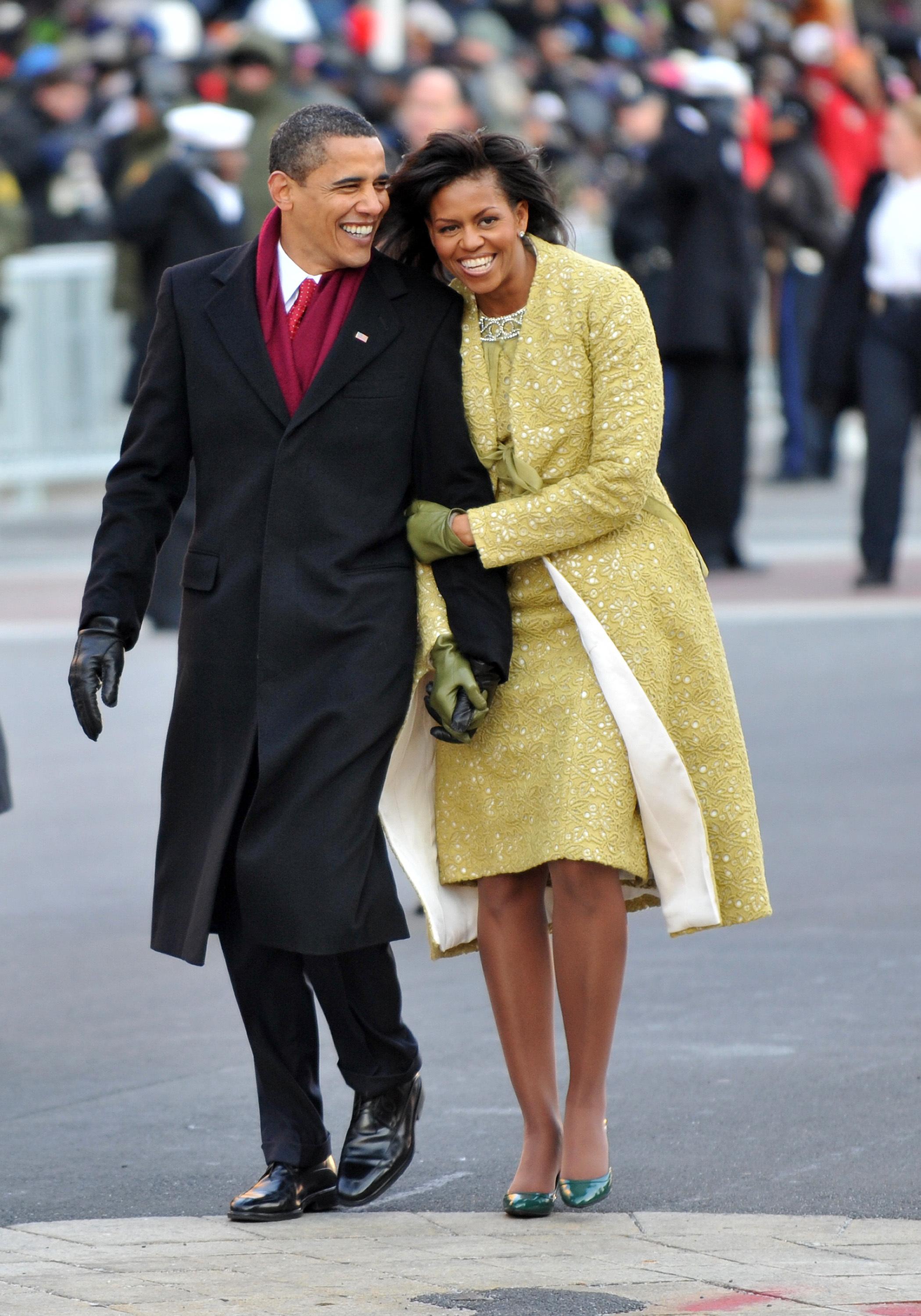

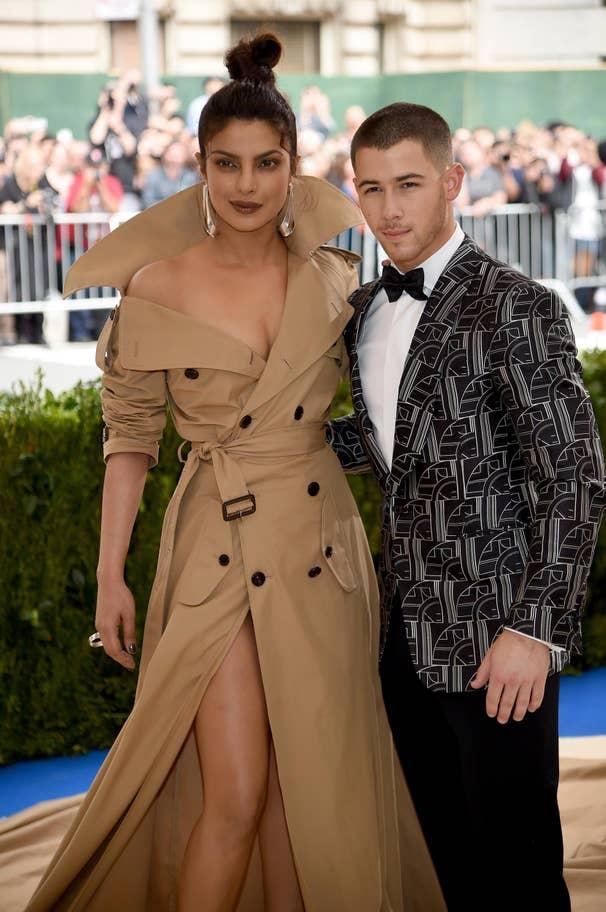
- stimulating conversations,
- attentive charm,
- humour,
- matching (as opposed to being dominated by) success and financial security.
This wish list roughly corresponds to the job specification for the “parental skills” pair-bonding type discussed in the Apes section, to blue-throated lizards, to the Wes Andersen universe and the luckier friend of Brad Pitt’s character in Seven Years in Tibet (1997 film) (see below).
Unlike the tournament-type women, the rudeness, displays of attention to other women, pushing people around, and peacock-style communication (as opposed to talking about the others and asking questions) style are eliminating. Given the under-supply of men of this type, there could be some compromise of career and financial requirements. Last but not least, nightclubs and other venues with high background noise levels are unsuitable for conversations that would allow assessing if the person fits the above criteria.
Which type is better?
↑ Back To Table Of Contents ↑From the objective point of view, all types must be equally good; otherwise, one would have been eliminated in the course of evolution! The stereotypes of most cultures suggest that the tournament type is more desirable, no ifs, no buts. However, this is a high-pressure, high-differential option. Being of a pair-bonding type(s) is less eventful but more age-proof, leaving time for other pursuits.
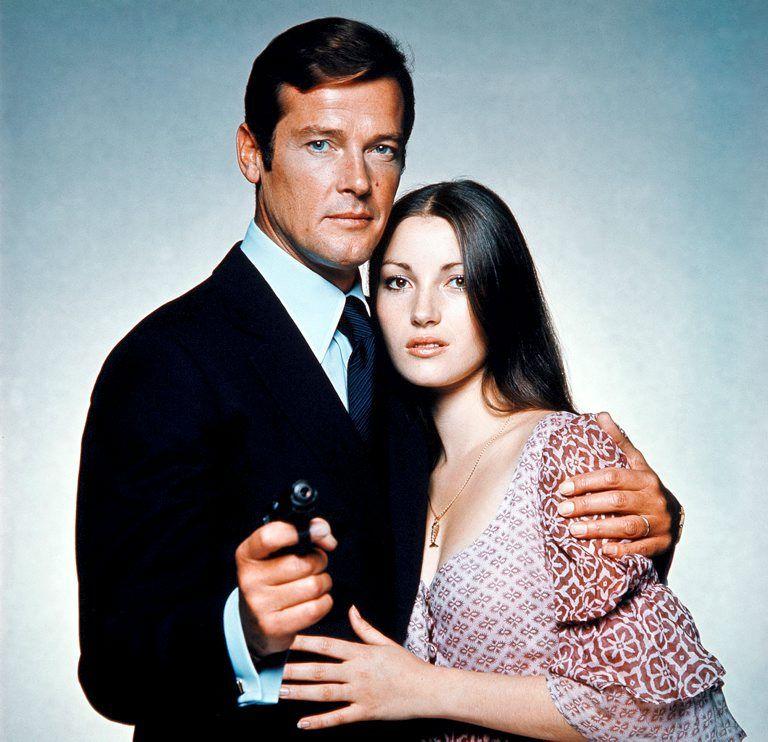

One way to gauge the popularity of the types would be by examining movie preferences. Let’s assume that the tournament type corresponds to classical James Bond‘s universe, and the pair-bonding type corresponds to Wes Anderson‘s universe. Quite unexpectedly, Wes Anderson’s universe is slightly ahead in all measures: the ratings, the popularity (both the number of votes and the box office revenues) and the number of Oscars (Wes Anderson’s The Grand Budapest Hotel has got 4, and all James Bond movies have 3 Oscars in total).
Is the type pre-determined?
↑ Back To Table Of Contents ↑Three factors—environment, genes, and life experience—determine an individual’s type. Note that the influence of these factors can be conflicting.
Environment
↑ Back To Table Of Contents ↑Firstly, our environment (family, friends, media, art, etc.) often tries to convince us to uniformise our preferences.
The most decisive influence is, of course, the family, especially the parents. As Carl Jung has put it in
“The Development of Personality”, page 43,
What usually has the strongest psychic effect on the child is the life the parents (and ancestors, too) have not lived… That part of their lives which might have been lived had not certain somewhat threadbare excuses prevented the parents from doing so.
And, of course, the culture in general can have a strong influence, too:
Genes
↑ Back To Table Of Contents ↑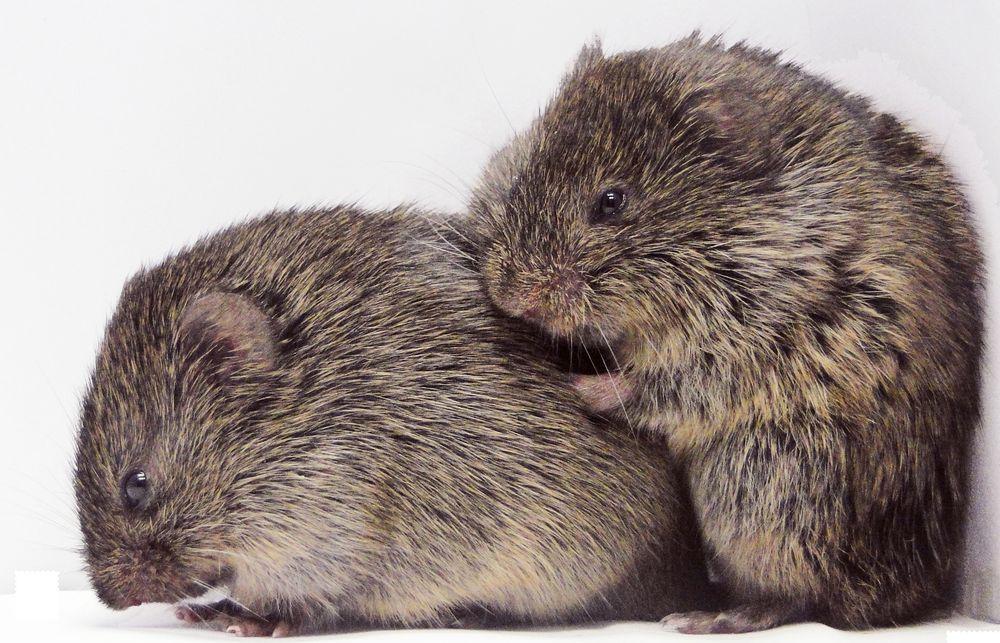
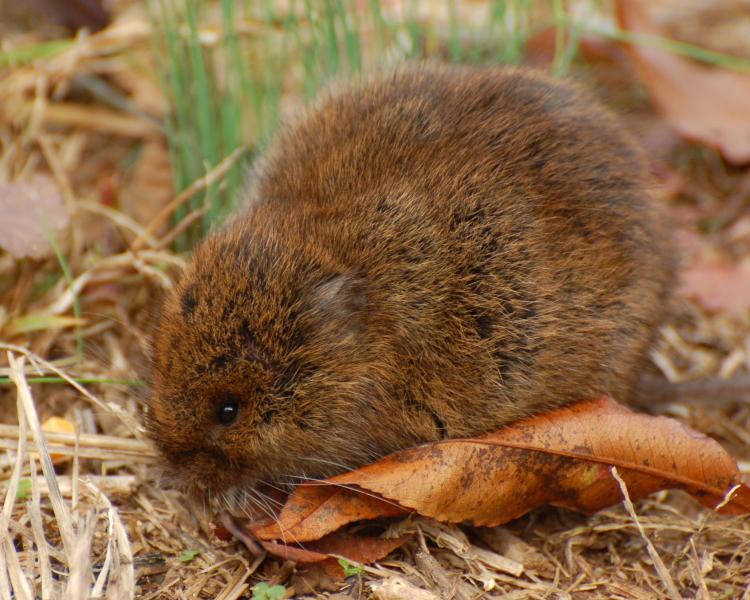
Secondly, it is possible that the preference between the “quantity” and the “quality” is much influenced by the number of vasopressin and oxytocin receptors in our brain, as opposed to being up to our free will – this is the contribution of genes. Scientists used notoriously promiscuous male meadow voles and partner-for-life male prairie voles to study this hypothesis. The experiment consisted of adding vasopressin and oxytocin receptors to male meadow voles and blocking vasopressin and oxytocin receptors of male prairie voles. The result was the complete voles’ behaviour switch: meadow voles became faithful and parental while the meadow voles became promiscuous… See this, this and this research papers for detailed explanations. However, this result has only been confirmed on voles, not humans or other species.
We conclude that pursuing happiness requires aligning your preferences with your hormones.
Life Experience
↑ Back To Table Of Contents ↑Thirdly, our life experiences can affect our preferences. A famous example is Kate Rothschild, a member of the Rothschild family, who started by marrying Ben Goldsmith, an entrepreneur with a similar family background. Then, wishing to be “normal”, she began dating rappers. Later, she moved on to date a respectable entrepreneur.
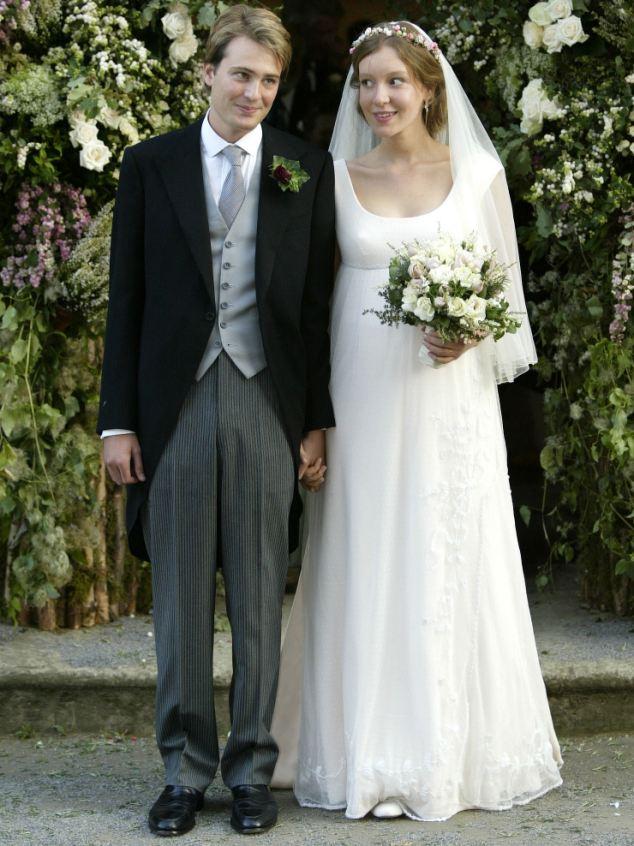
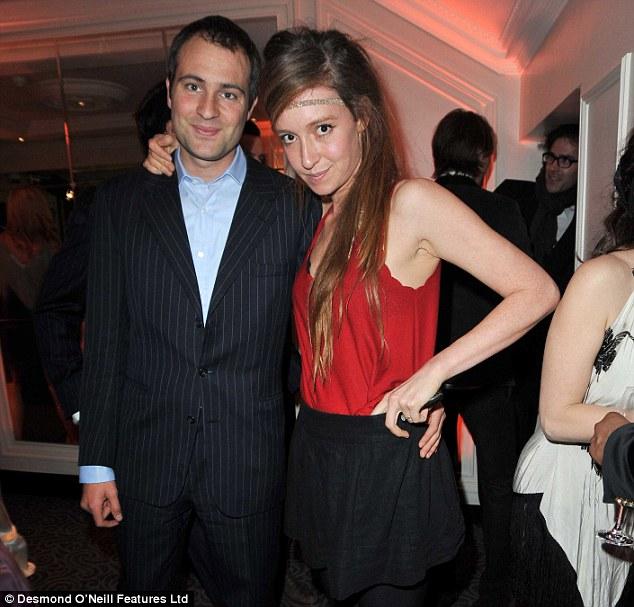
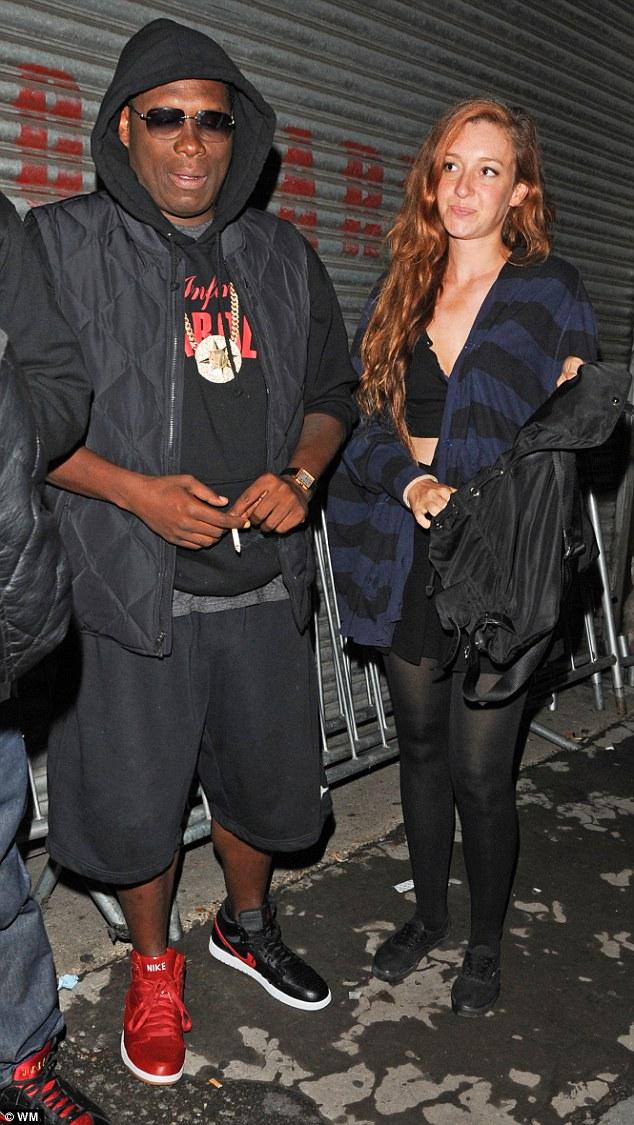
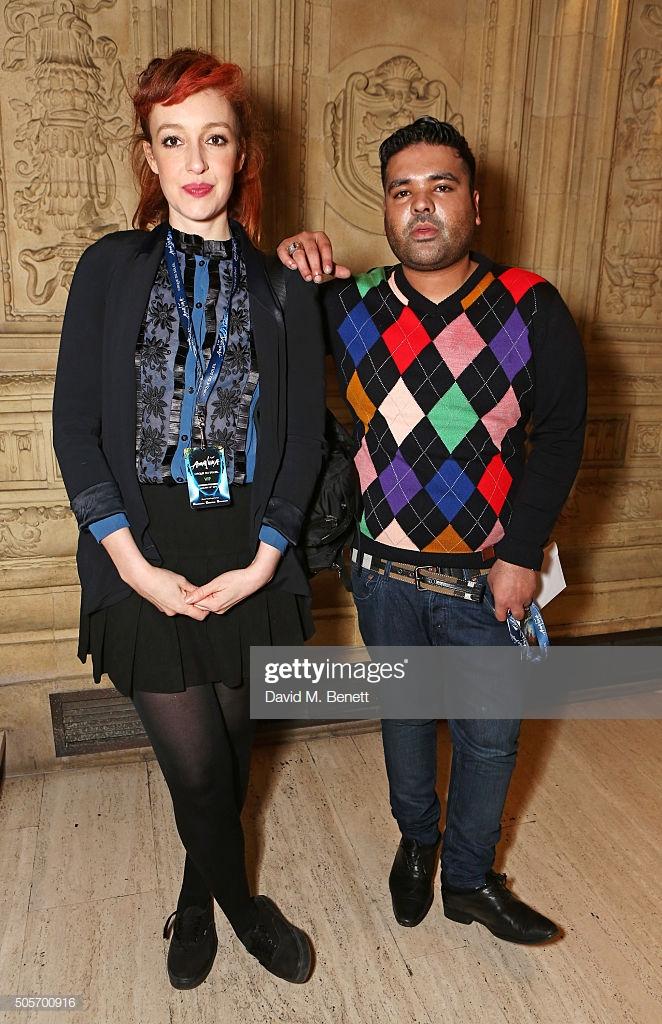

Physical Appearance
↑ Back To Table Of Contents ↑Unlike animals, humans’ physical appearance does not define the type.
To discuss this further, let’s look at the big picture. The theory called facultative calibration tries to explain personality differences as responses to variations in other phenotypic traits of individuals (including strength and body size). It received mixed results throughout the last years. It appears that some traits, such as assertiveness in men, are linked to their physical parameters, but most traits are not. You can find more information in this BBC article.
One counter-example would be the Napoleon complex. Some scientific studies backed up this derogatory term, but it is not universally accepted. It would be interesting to make sense of these contradictory results. Until this research is done, assuming no cause-effect link is a safer option.
Conversely, having a big, strong body doesn’t always imply that the individual opts into participating in the tournaments and strives for physical dominance. Indeed, Roger Moore is best known for portraying James Bond in seven feature films from 1973 to 1985. He looks like a quintessential alpha male. However, in real life, Sir Roger Moore was not using his physical strength in the way he was in his on-screen action scenes. As his personal friend Michael Caine recalls: “I remember one day I said to him: ‘You’re gonna watch the Muhammad Ali fight’, and he grew quite violent. Funnily enough, about boxing, he said: ‘I hate boxing! I hate anything to do with physical violence!’ It was the only time I had ever seen him being violent. Telling me how violent he wasn’t.”
Determine one’s type using a few indirect questions
↑ Back To Table Of Contents ↑As with most sociological studies, asking a direct question could yield the wrong answer. The same goes for questions about the importance of money, career, and the number of partners, likes, or followers. However, a few indirect questions can yield a more reliable response.
- How often do your favourite movies change? Do you still like those you saw as a teenager, or do they change every few years?
- Do you prefer the more recent James Bond movies or the older ones? Which movies have depicted the kind of world you’d want to live in?
- Do you prefer Wes Anderson’s or James Bond’s universe? If you had to choose, which ones would you like to live in?
- Do you prefer “red bus tours” and “must-do Instagram experiences” in as many travel destinations as possible, or do you return to your favourite places?
- Do you prefer to try new restaurants/clubs or return to the familiar ones?
- Do you enjoy watching boxing, corrida, etc.?
- When watching sports, do you feel negative about the opponents of the team you are supporting and their supporters?
- If you have been watching the last few episodes of the Game of Thrones, do you think Daenerys Targaryen was right to burn down the King’s Landing, or not really?
- Do you have friends (not family/ethnic group if minority members) who can act against their self-interest, without expecting any direct reward, to help you out, or not really?
- Have you ever helped someone who is not a family (or ethnic group, if it’s a minority) member when it went your self-interest without expecting any direct reward, or not really?
Individuals who answer “former” when asked questions 1, 2, 3, 6, 7, and 8, and “latter” when asked questions 4, 5, 9, and 10 are likely to prefer the tournament type. The opposite answers could indicate a preference for the parental type. Disclaimer: This questionnaire aims to illustrate the idea; it’s unsuitable for conclusions and decisions.
Is it that simple?
↑ Back To Table Of Contents ↑The subdivision into two categories or three is, of course, a simplification. We all know many exceptions. Let us examine Florentino Ariza, a character in “Love in the Time of Cholera” created by Nobel Prize-winning author Gabriel García Márquez, when he explains his success with women to his friend.
Ricardo Lighthouse: Why are you so successful with women?
Florentino Ariza: Um… because they see in me someone… guilty. In need of love. Someone who will not harm them. Hmmph. My heart has more rooms than a whore house, Ricardo.
Ricardo Lighthouse: What number are you on now?
Florentino Ariza: Prepare yourself for a shock. I’m on number 622.
Ricardo Lighthouse: Impossible.
Florentino Ariza: I speak the truth – 622.
Yet, he is not a tournament type… Humans are decidedly confusing. Let’s move on to the world of animals.
The chimpanzee males and females have skulls of almost the same size, yet chimpanzee males have a robust social ranking system, and the fathers don’t help with nursing their children. See Jane Goodall’s Institute “ALL ABOUT CHIMPANZEE DADS” for further details. However, unlike the gorillas, chimpanzee females are allowed to mate with lower-ranking males, which makes male reproduction success less skewed. In addition, uncertainty about paternity saves infant chimps from the risk of infanticide, thus allowing them to live in the community.
Also, the tournament species don’t necessarily engage in tournaments per se. For example, for the birds of paradise, the competition consists of a beauty contest, during which a female inspects the candidates.
Last but not least, there are species where single mothers raise more than one child. One example is cheetahs, where females of reproductive age are always solitary and have litters of three to six cubs. The other example is armadillos, who always have identical quadruplets despite being solitary animals.
Additional information
↑ Back To Table Of Contents ↑If you want to know more about Mae West, this video is an excellent to start.
Leave a Reply